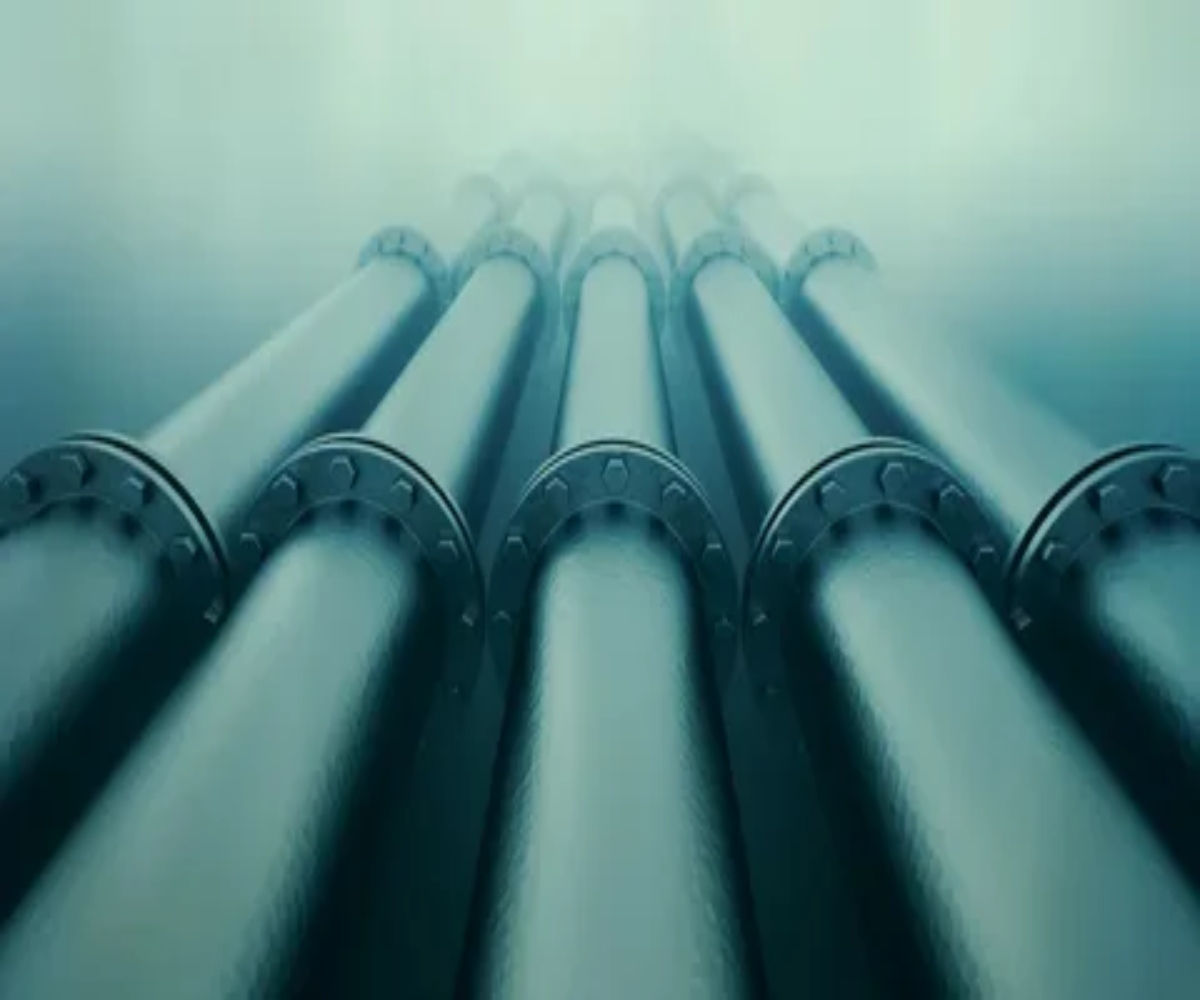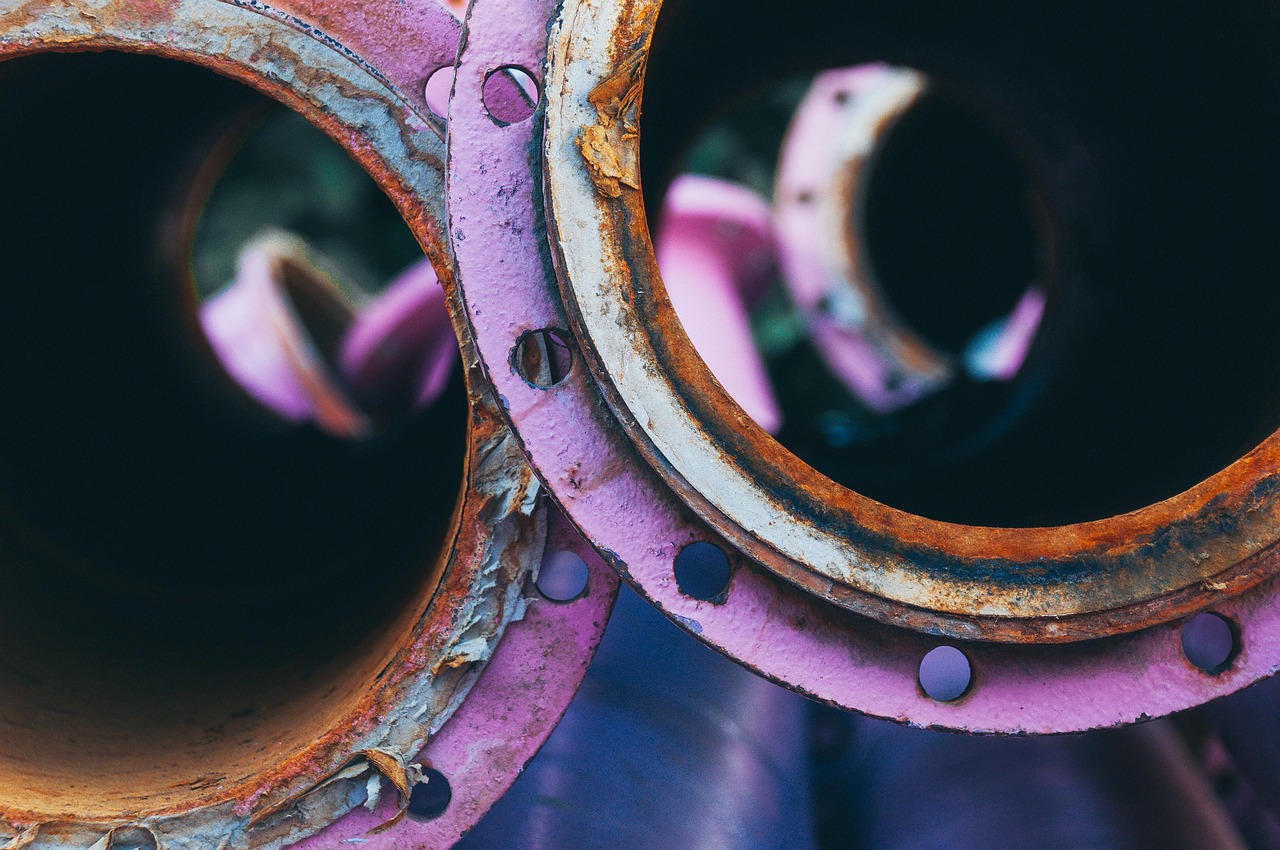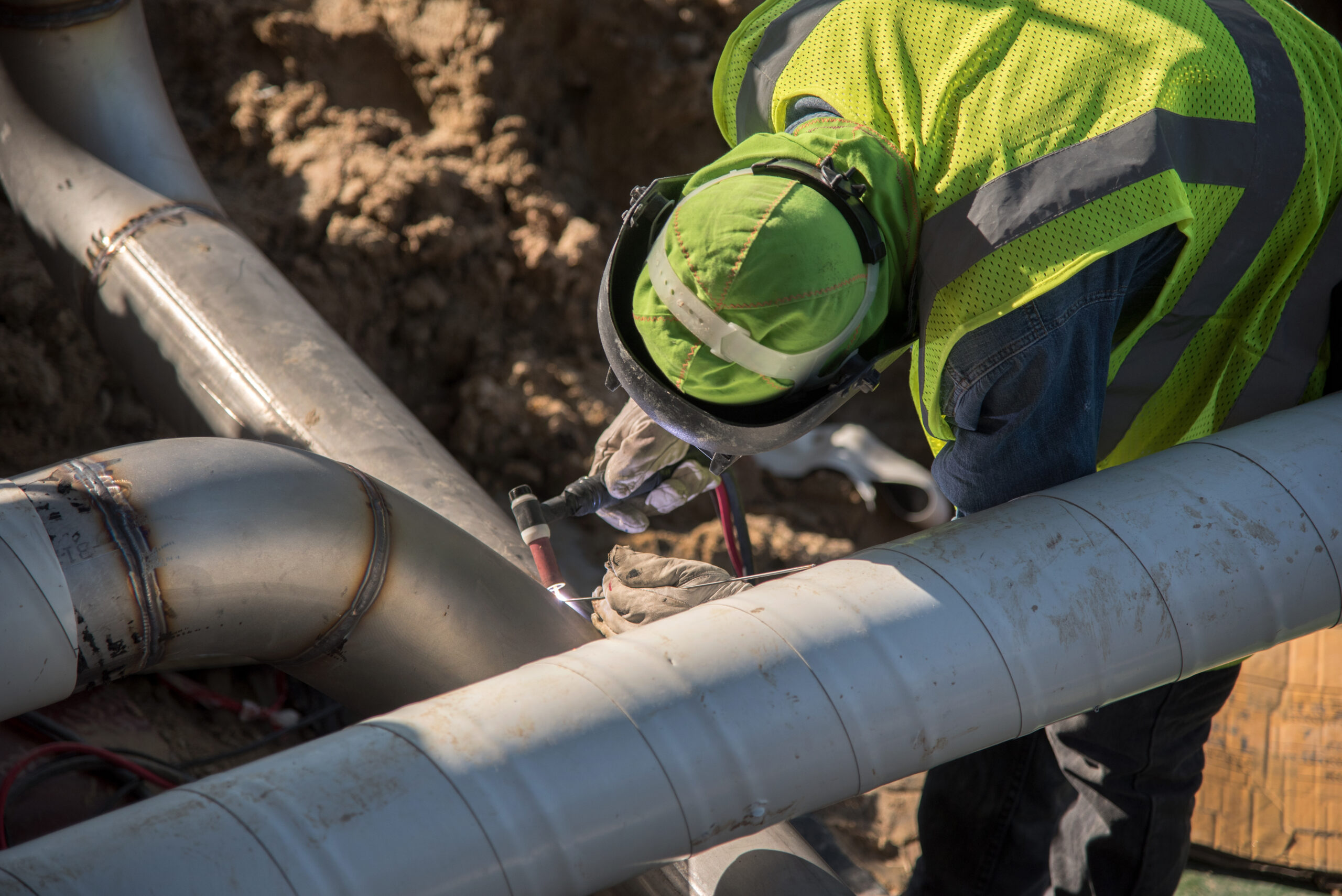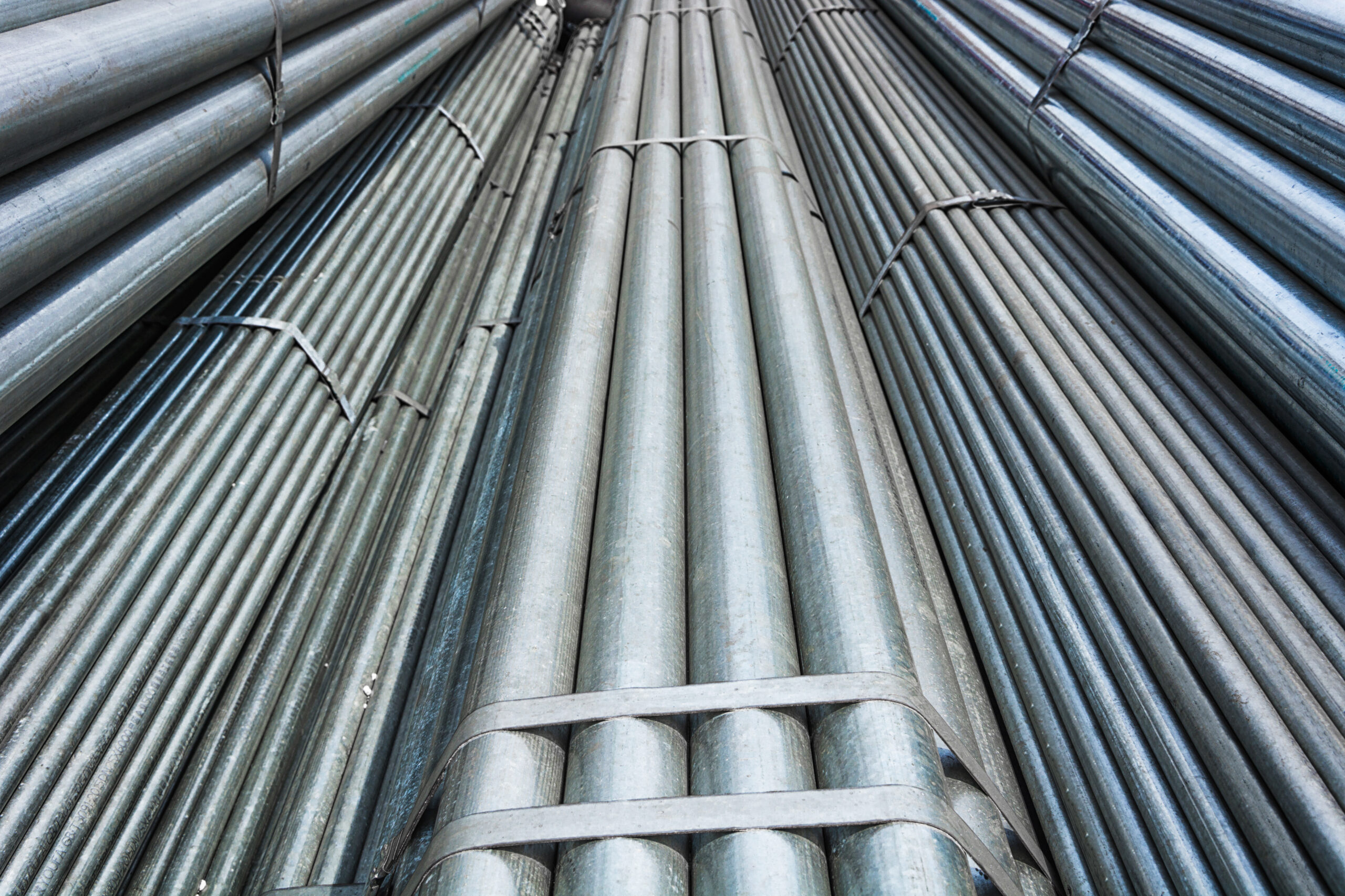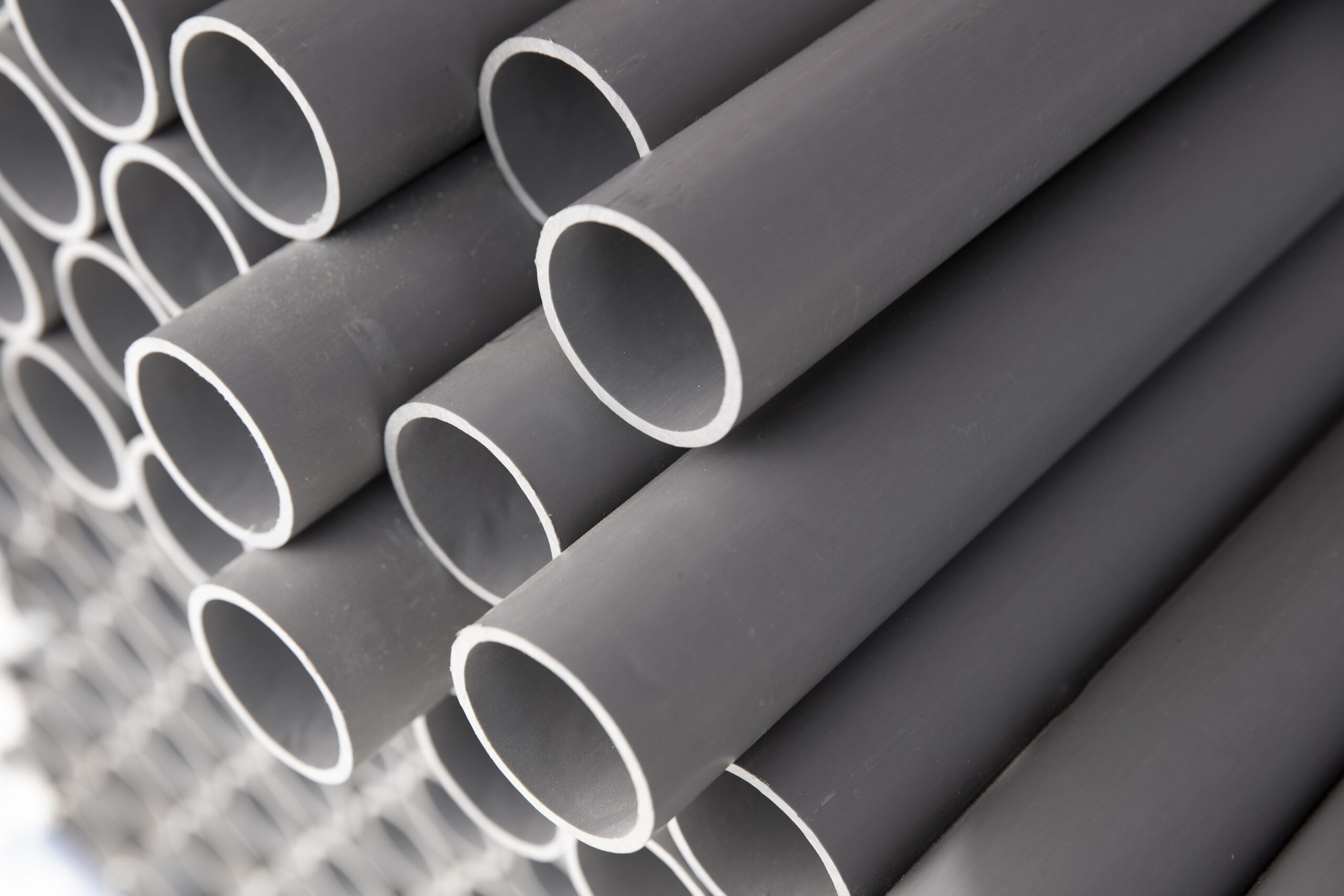Pipelining is essential in ensuring that the piping infrastructure remains functional and operational for a long time. The process of pipe lining involves installing a protective layer inside the pipe to repair any damage or deterioration that may have occurred. This process helps extend the lifespan of the pipes, which is especially important in industrial settings where corrosion, abrasion, and wear are common issues.
Among the various pipe lining methods available, thermoplastic pipe lining has emerged as a popular choice due to its flexibility, durability, and chemical resistance.
In this blog post, we’ll compare thermoplastic pipe liners to other pipe lining methods, examining their cost, durability, ease of installation, chemical resistance, and maintenance requirements, among other factors.
Read our blog: What is Oil Drilling: Everything You Should Know.
Types of Pipe Lining Methods
Following are some basic types of pipe lining methods:
1. Cured-In-Place Pipe (CIPP) Lining
CIPP lining involves installing a seamless liner inside the damaged pipe and curing it to form a new pipe. This process is famous for its ability to cover joints and leaks without excavation, reducing costs and environmental impact. The method uses resin to create a new liner, cured using hot water or steam.
2. Fold and Form Liners
Fold and form liners are a type of pipe lining where a flat material is inserted into the pipe and then folded and molded to fit the pipe’s shape. This method effectively repairs pipes with minimal damage and can be used in lines of various sizes and shapes. However, it may not be suitable for tubes with extensive damage or those in need of replacement.
3. Spray-On Lining
Spray-on lining involves spraying an epoxy coating inside the damaged pipe to create a new surface. The process is quicker than CIPP lining but requires that the line is free of debris and corrosion before application. The result is a smooth and durable surface that resists corrosion and damage. Spray-on lining can be used on small and large pipes and is ideal for lines that are not severely damaged.
4. Pipe Bursting and Replacement
The pipe bursting method is ideal for larger pipelines with significant damage, requiring excavation to replace the pipe. It is a costly method that requires considerable effort, but it efficiently replaces older, outdated pipes with new, stronger ones.
5. Excavation and Replacement
This method is the most invasive and time-consuming and is generally used when other methods are not applicable. Excavation and replacement require significant resources, but the result is a new pipeline that can last for several decades.
Comparison Of Thermoplastic Pipe Liner To Other Pipe Lining Methods
1. Cost
In terms of cost, thermoplastic pipe liner is generally more expensive than other pipe linings methods, such as spray lining or slip lining. However, the cost of the thermoplastic pipe liner is justified by its durability and longevity, as it can last for several decades.
2. Durability
The thermoplastic pipe liner is highly durable and can withstand various conditions, making it an excellent choice for industrial environments. The liner is resistant to corrosion, abrasion, and wear and can withstand high temperatures and pressure.
3. Ease of Installation
The thermoplastic pipe liner is relatively easy to install and can be completed quickly compared to other pipe linings methods, such as cured-in-place pipe or pipe bursting. The installation involves inserting the liner into the damaged pipe and then fusing it using heat, which requires minimal excavation.
4. Resistance to Chemicals
The thermoplastic pipe liner is one of the most resistant to chemicals among the different pipe lining methods. The liner can withstand exposure to various chemicals, including acids, bases, and solvents, making it an excellent choice for industrial environments where chemical exposure is expected.
5. Application in Different Environments
Thermoplastic pipe liners can be used in various industrial, commercial, and residential environments. The liner is suitable for pipes of different sizes and shapes and can be used in gravity and pressure applications.
6. Maintenance Requirements
Thermoplastic pipe liner requires very little maintenance and can last several decades without replacement. The liner’s smooth surface also reduces the risk of clogs and blockages, reducing the need for care.
Common Applications of Thermoplastic Pipe Lining
1. Water and Sewer Pipes
Thermoplastic pipe lining is commonly used to rehabilitate water and sewer pipelines. It can be used to repair pipes of varying sizes and shapes, including circular, oval, and egg-shaped pipes. The lining can also address various issues, including corrosion, leaks, and structural damage. The thermoplastic material used in the lining is resistant to corrosion and chemicals, making it an excellent choice for water and sewer pipes.
2. Industrial Pipelines
Thermoplastic pipe lining is also widely used in industrial pipelines, including oil and gas, chemical, and food processing industries. These pipelines are often subjected to harsh chemicals and extreme temperatures, and the thermoplastic lining can withstand these conditions, providing long-lasting protection against corrosion and wear.
3. Gas Pipelines
Gas pipelines are another common application for thermoplastic pipe lining. The lining can handle the high pressure and extreme temperatures associated with gas pipelines and provides a safe and reliable solution for repairing aging pipelines. The thermoplastic material used in the lining is also resistant to gas permeation, providing an extra layer of protection against leaks.
4. Stormwater Management Systems
Thermoplastic pipe lining is also used in stormwater management systems. The lining can rehabilitate pipes and culverts for stormwater collection and transportation. The lining provides a long-lasting, cost-effective solution for repairing and rehabilitating aging stormwater infrastructure.
5. Trenchless Rehabilitation
Thermoplastic pipe lining is often used in trenchless rehabilitation projects, where pipes are repaired or replaced without excavation. This rehabilitation method reduces the disruption and cost associated with traditional excavation methods, making it an attractive option for many municipalities and utility companies.
Conclusion
While there are several methods for pipelining, thermoplastic pipe liners offer unique benefits, including excellent durability, chemical resistance, and ease of installation. Compared to traditional lining methods, such as cured-in-place or slip lining, thermoplastic liners offer a longer lifespan and increased safety for workers. As technology advances, the use of thermoplastic liners is expected to grow, providing a reliable and cost-effective pipeline repair and maintenance solution.

